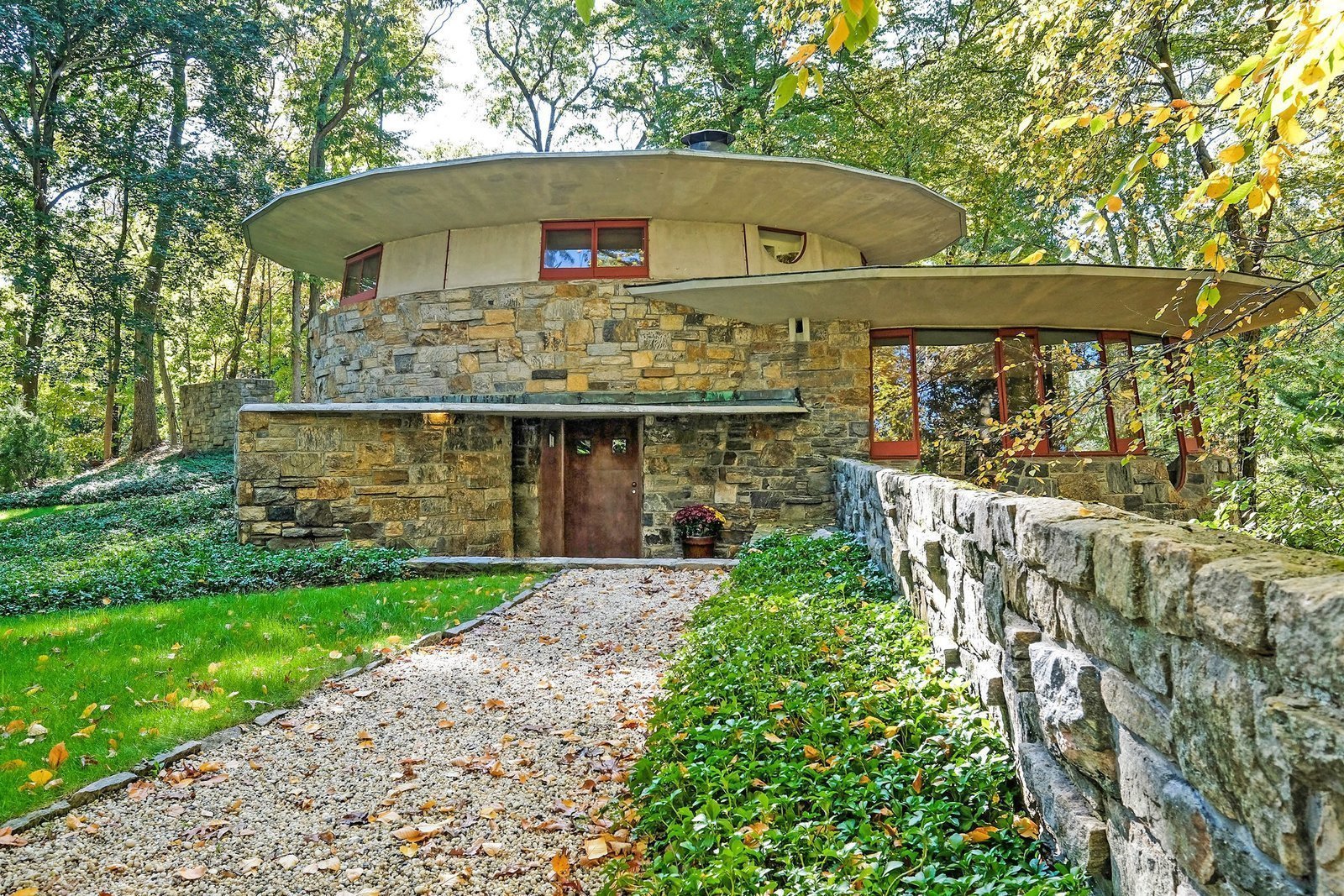Nearly everybody has heard of Frank Lloyd Wright. As one of the most iconic architects of the past century, his work can be found all across the country.
Wright started a trend known as Usonian, which is a type of organic design. He believed this word fit the type of New World character he wanted to bring to the American landscape.
What does Usonian Mean?
Before we look at the organic design from Wright found in today’s architectural world, we must define “Usonian”. This word refers to a type of housing and living Wright began to create in the 1930s. It really started to come about during the Great Depression because of Wright’s vision for change in America. However, before the word referred to a housing style, it may have referred to the United States of America, as a way to differentiate ourselves from Canada and South American countries. The term may have been coined by writer James Duff Law, when quoting his own letters in 1903. The first official publication of the word was by Wright in 1927:
But why this term “America” has become representative as the name of these United States at home and abroad is past recall. Samuel Butler fitted us with a good name. He called us Usonians, and our Nation of combined States, Usonia. — Frank Lloyd Wright on Architecture: Selected Writings 1894–1940, p. 100.
This may have been a misattribution by Wright, as there isn’t verifiable attribution fo the word to Butler. No matter, where the word orginated, it is now most commonly associated with the American architect’s homes built for middle income families.
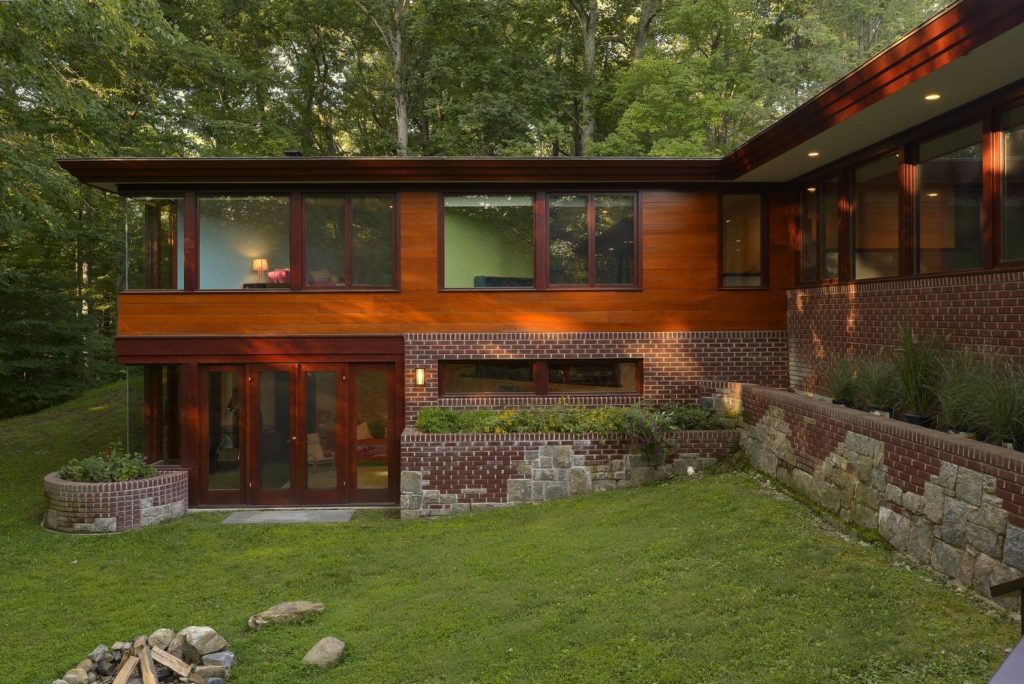
Wright believed the middle-class would start to live simpler lives but would prefer a home with a good design, natural lighting, and an inspiring landscape. He believed this new design of the home would be uniquely American. Some believe the word “Usonian” is actually a play on the “United States of America.”
This concept began to take shape as Wright started to create Usonian Automatics, which consisted of about 60 to 100 homes. These were not cookie-cutter homes like we see today. Instead, Wright designed each home for each specific client and even named the homes after the families, once completed.
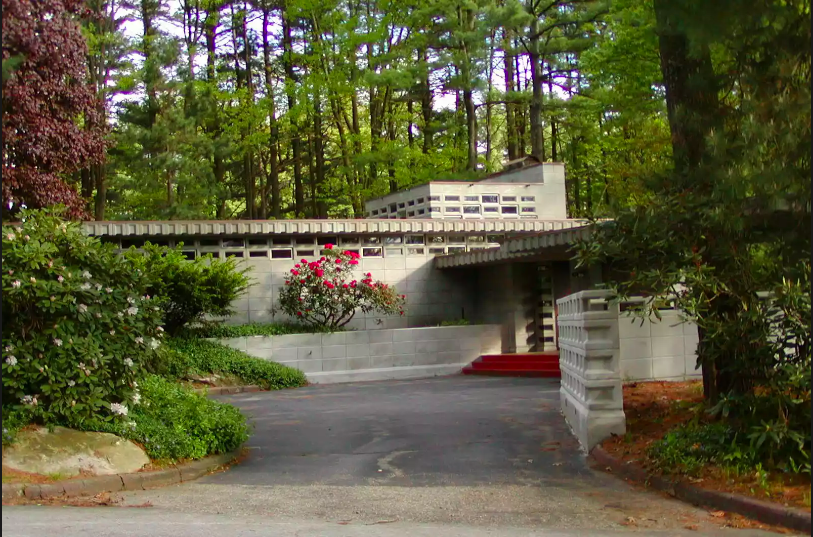
Examples of Usonian Homes & Organic Design From Frank Lloyd Wright
One of the most common examples of the Usonian Automatics is found in Pleasantville, New York. Today, it’s known as the Usonia Historic District and contains many examples of organic design from Wright.
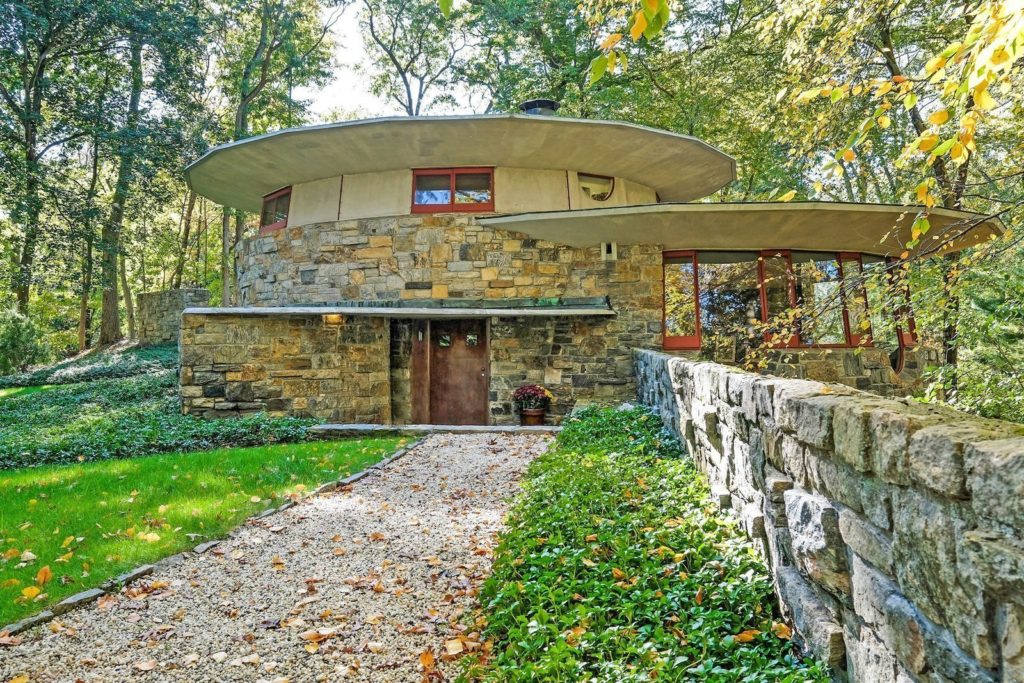
The community in Pleasantville started from a 100-acre rural tract, which was purchased and used for a planned community. Wright only designed 3 of the homes within the community, but he did approve the plans for the other 44 homes. Many of the additional homes were designed by former Wright apprentices.
A few other examples of Usonian homes designed by Frank Lloyd Wright include:
- Willey House – The first of the Usonian homes designed by Wright in 1934.
- Zimmerman House – Created in New England due to the dissatisfaction the Zimmerman’s had with the conservative style of the time, Wright designed this house as a classic Usonian and covered every detail down to the dinnerware.
- Rosenbaum House – Based on the Jacobs House prototype from 1936, this Usonian home was one of a dozen designed to fit this model.
- Weltzheimer-Johnson House – One of the first nine Usonian homes built in Ohio, this house is also known as the Frank Lloyd Wright House. It’s the only Usonian home outside of California designed with redwood.
- Kraus House – One of the last Usonian homes designed by Wright, this home was created for Russell Kraus.
- Hanna House – Designed in 1936, this example of Usonian architecture is found in Stanford, CA.
- Gordon House – This home wasn’t completed until 1964, but was designed in 1957. It’s found in Silverton, Oregon.
There are many other examples of Usonian homes designed by Wright all across the country.
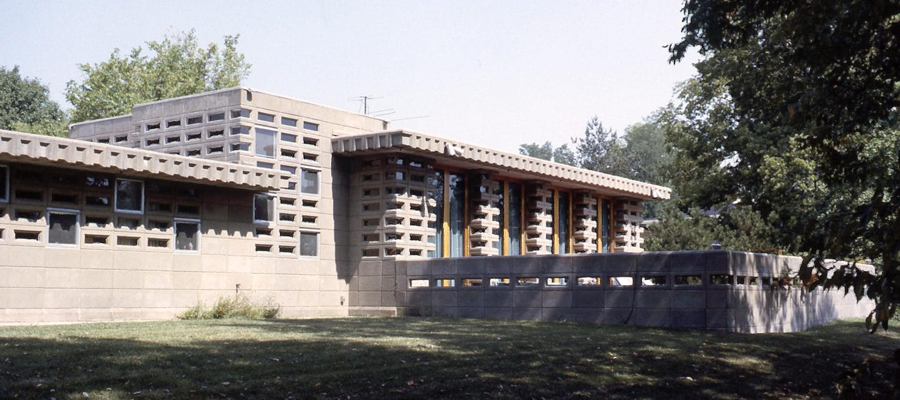
A Closer Look at the Elements of a Usonian Home
When we look closely at the elements used to design a Usonian home, it’s clear; this is a type of organic architecture. While Wright’s mentor, Louis Sullivan, believed “form follows function” Wright’s design philosophy was quite different. He believed “form and function are one,” which became the baseline theory for the Usonian homes and the organic design Wright used throughout the 1930s, 1940s, and 1950s.
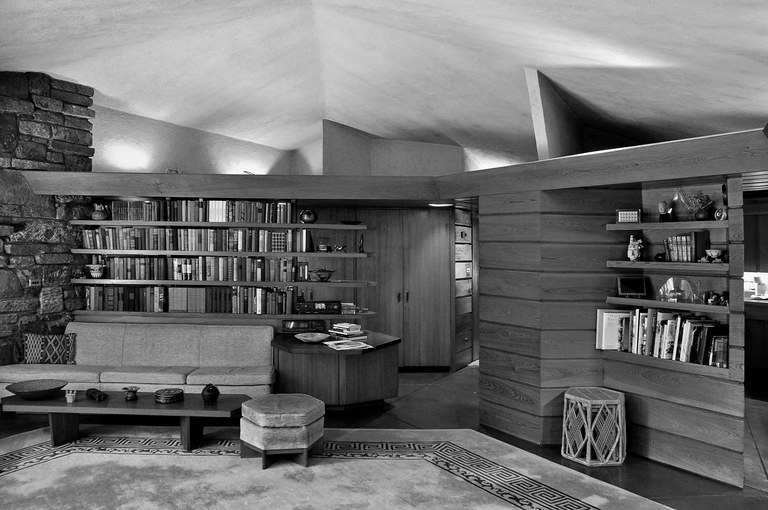
The main element of any Usonian home or any home with an organic design is the ability to unify space. The inside blends well with the outside and large glass windows are used to bring nature into the home. Instead of separating the home from nature, the home becomes unified with nature by using organic forms.
How Organic Design is Used Today
While Frank Lloyd Wright may be responsible for beginning the organic architecture movement, many elements are still being used today. Modernist architects have taken many of the Usonian home elements and transformed them into the architecture we see throughout the United States and the world today.
Parque Guell and Antoni Gaudi are both known for using organic design through concrete forms and cantilever trusses, which are used to create arches without visible pillars or beams.
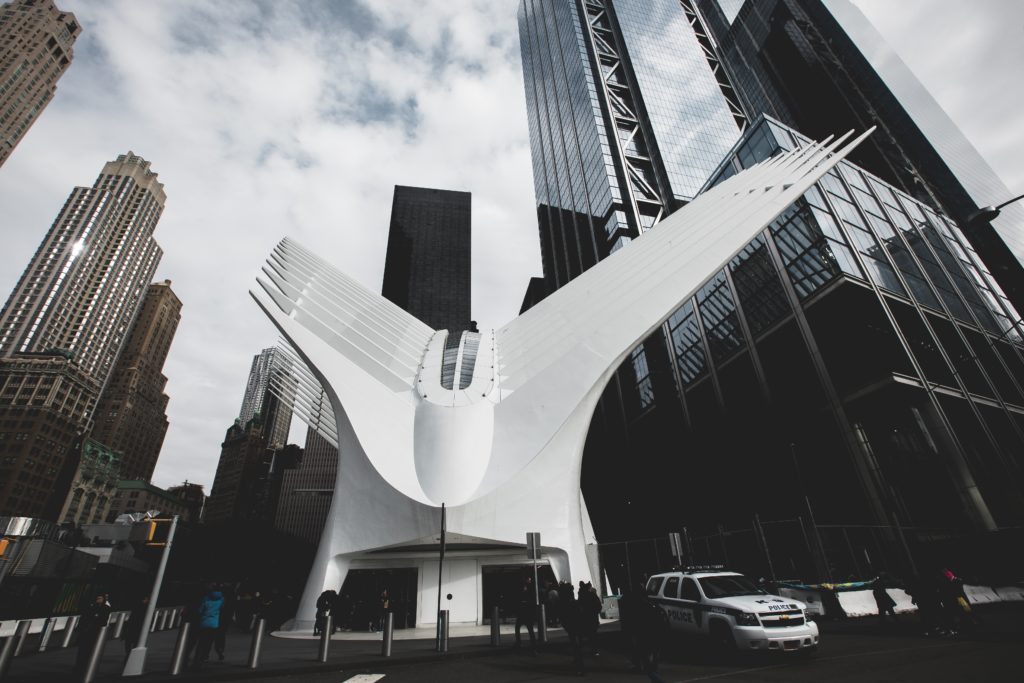
Most of the modern examples of organic design use curved shapes and wavy lines to help suggest natural form. A few examples of organic design found in modern architecture include:
- Sydney Opera House – Designed by Jorn Utzon
- Dulles International Airport – Designed by Eero Saarinen
- The World Trade Center Transportation Hub – Designed by Santiago Calatrava
While the organic design movement may have been started by Frank Lloyd Wright, many elements are found in today’s more modern architecture adding to a versatile landscape for architecture and design across the world.
